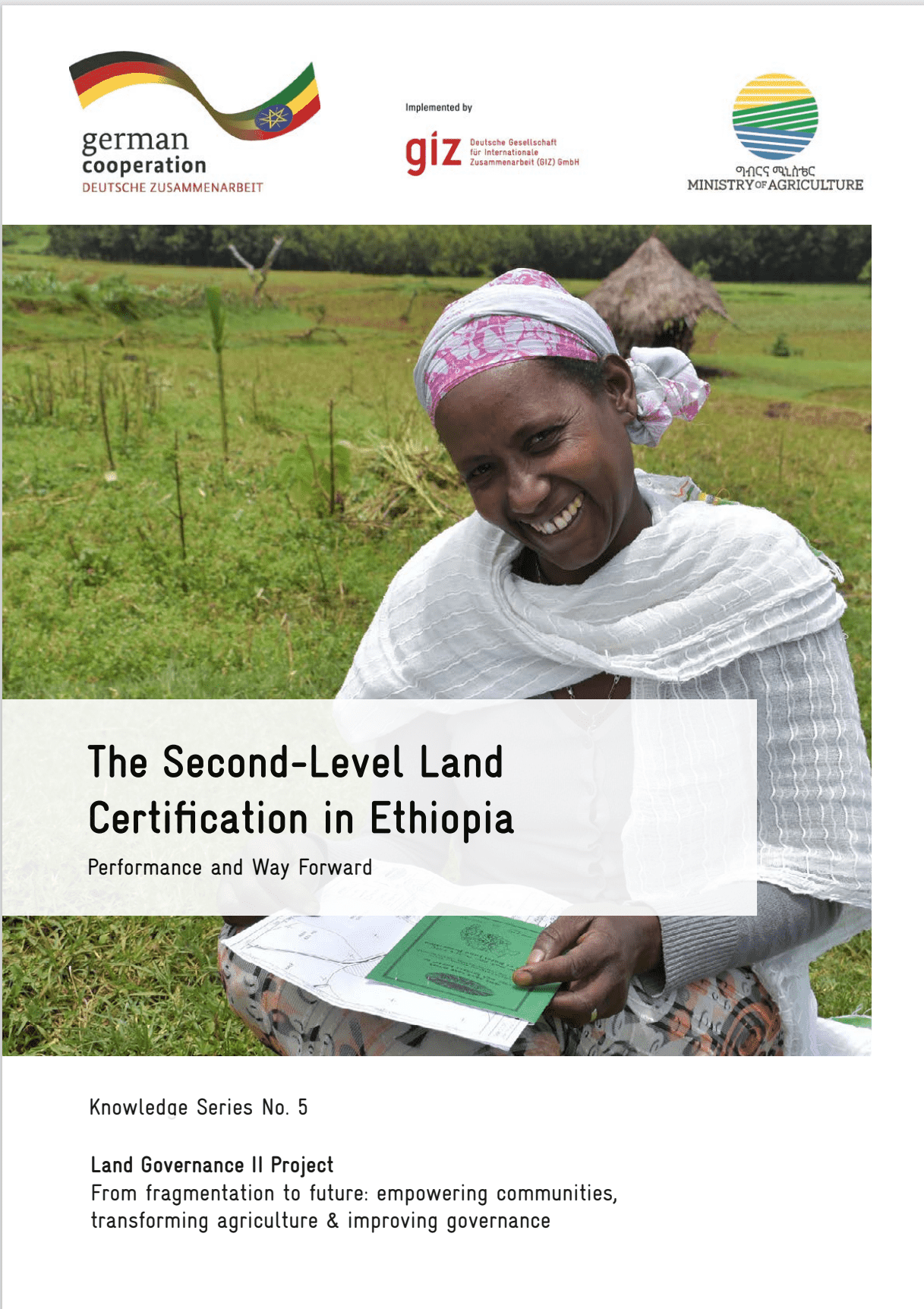Context and background:In current industrialized world, extremely increase of urbanization, Agriculture land expansion and climate change have led to increase of degradation of wetland in many basins and coastal area, which result to the malfunction of...
To Evaluate Future Wetland Degradation At Wami Ruvu River Basin From 2020 To 2050 Using Remote Sensing Imagery And Hybrid Ca- Markov Model



